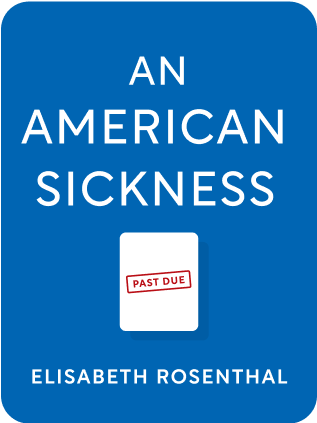

This article is an excerpt from the Shortform book guide to "An American Sickness" by Elisabeth Rosenthal. Shortform has the world's best summaries and analyses of books you should be reading.
Like this article? Sign up for a free trial here .
How does the American healthcare system compare to other developed countries? Why is healthcare so expensive in America?
Generally, healthcare systems in other countries show better quality for a lower cost compared to the United States. Despite the high amounts Americans spend on healthcare, it’s never quite clear what they are paying for—the medical outcomes are mediocre at best.
This article takes a look at healthcare system comparison between the United States and several other developed countries, ranging in the degree of government intervention.
Comparing Healthcare Systems
United States healthcare costs 18% of the country’s GDP, or $3 trillion a year. Overall health outcomes are mediocre compared to other developed countries, which generally spend half of that amount per person. In her book An American Sickness, Elisabeth Rosenthal provides a healthcare system comparison between the United States and other developed nations to illuminate the reasons for this state of affairs.
National Fee Schedules and Price Negotiations
What it is: National governments set fees for health services and negotiate prices with vendors.
Where: In Germany, Japan, Belgium
Benefits:
- This lowers prices through large national negotiating leverage. As an example, a heart sonogram costs between $1000 and $8000 in the US. It costs $150 in Japan and Belgium.
- It reduces inefficiencies in haggling for billing. U.S. doctors spend 1/6 of their time on administration.
- The system doesn’t preclude private insurance. Japan and Germany have hundreds of insurers, and the Netherlands requires citizens to buy private insurance.
Single-payer
What it is: A single authority, usually the central government, pays most of the money to providers.
Where: In Canada, Australia, Great Britain, Taiwan
Benefits:
- The large single payer provides powerful negotiating leverage against providers, hospitals, pharmaceutical companies, and other vendors.
- In Denmark and Great Britain, the state goes further and owns the hospitals and infrastructure. This provides true nationalized or socialized healthcare. Specialists and some general doctors are government employees
- Doctors and hospitals practice independently of the government.
- Private insurance still exists to cover people who opt out of national plan for more upmarket care, or for extras like dentistry.
Market-Based Transparency in Singapore
What it is:
- The Ministry of Health publishes prices and bills at different tiers from different hospitals.
- Care is divided into 4 wards, with different levels of privacy and amenities.
- Basic care is covered by the government up to 80%
- Higher priced and more selective care require more participation in payment, up to 100%.
- Most hospitals are state-owned. Private hospitals compete with public hospitals.
- Singaporeans are required to contribute part of their salary to HSA (health savings account)
- Singapore spends only 4.9% of GDP vs the USA’s 17.1%, while Singapore ranks 6th in health system performance and the US ranks 37th.

———End of Preview———
Like what you just read? Read the rest of the world's best book summary and analysis of Elisabeth Rosenthal's "An American Sickness" at Shortform .
Here's what you'll find in our full An American Sickness summary :
- How U.S. healthcare got to the state it's in today
- Why it's so difficult to make any changes to the healthcare system
- What you can do to lower your personal healthcare costs






